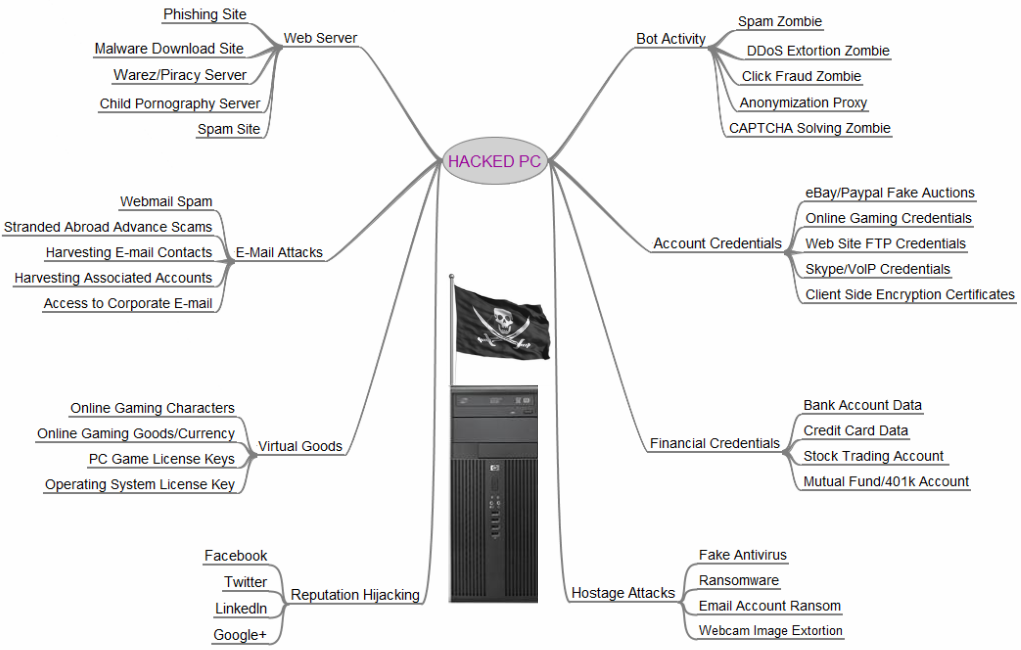I just received email purporting to be from Revenue Canada, telling me that I have overpaid my taxes in recent years, and urging me to claim my refund by clicking on a link.
The link actually goes to a Cloudflare-hosted web site, epathchina(.com). The site has nothing to do with Revenue Canada, and exists to trick unsuspecting people into divulging private/financial information to the site’s operators.
Currently, the site shows nothing untoward in Sucuri site check: it’s not on any blacklists and malware scans show nothing. But that’s likely to change.
With tax time nearing, we should expect email like this to appear in our inboxes. As a general rule, it’s a bad idea to click links in email. Of course, if you’re certain the source is legitimate, the risk is far less, but it’s still possible that the ‘legitimate’ source has been compromised. In this particular case, a much safer approach is to simply go to the Canada Revenue web site and log in.
Clues that this was a scam email:
- The Return-Path address (refund AT server.whitetails.com) is unrelated to Revenue Canada.
- The From address is to a domain that appears to be related to Revenue Canada (craarc.gc.ca), but doesn’t actually exist, as confirmed by any IP checking service like WhatMyIP.
- Like most effective cons, it offers money for nothing.
- The recipient is urged to act quickly.
- The message is poorly formatted.
- The recipient is instructed not to contact Revenue Canada by telephone.
Recommendations: configure your email client to display email in plain text format and display all headers. This will make your inbox less entertaining, but a lot safer, since it will much easier to spot suspicious links and headers.
Here’s the body of the email:
Dear Applicant:
Following an upgrade of our computer systems and review of our records we
have investigated your payments and latest tax returns over the last seven
years our calculations show you have made over payments of 226.99 CAD
Due to the high volume of refunds due you must complete the on line application,
the telephone help line is unable to assist with this application.
To access the form for your tax refund,please click here
Your refund may take up to 3 weeks to process please make sure you complete the form correctly.
As we are upgrading our records we require the completed form showing your full current details by 10 February 2015
Please complete the form to confirm the refund.
A. B. Marions
Senior Manager
Canada Revenue Agency
————————————————————–
© Copyright 2015, Canada Revenue Agency All rights reserved.
TAX REFUND ID: XXXXXXXXXXXXX
Brian Krebs recently reported on another tax-related scam affecting Americans, in which stolen credentials are used to post fraudulent tax returns.
 boot13
boot13